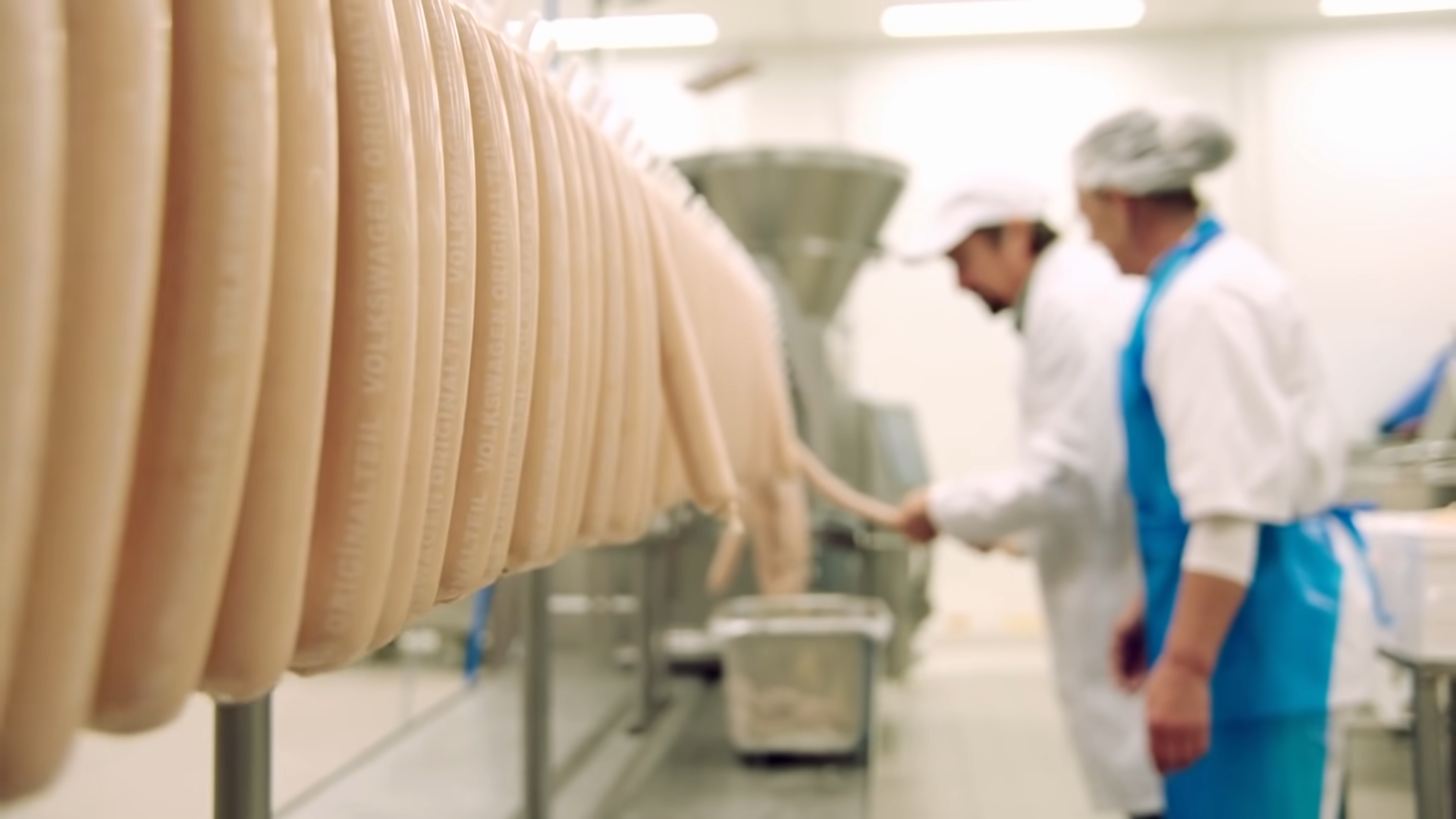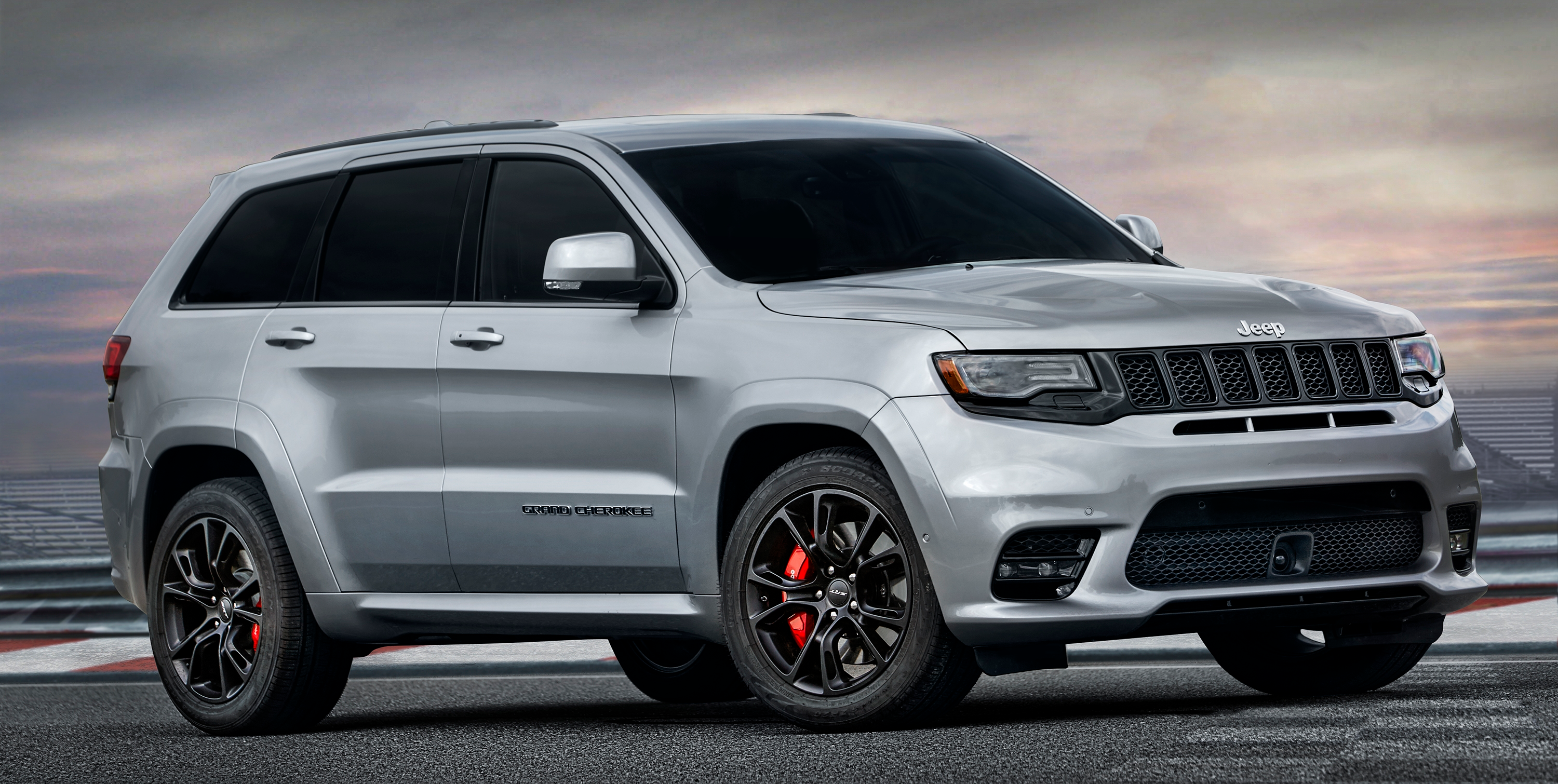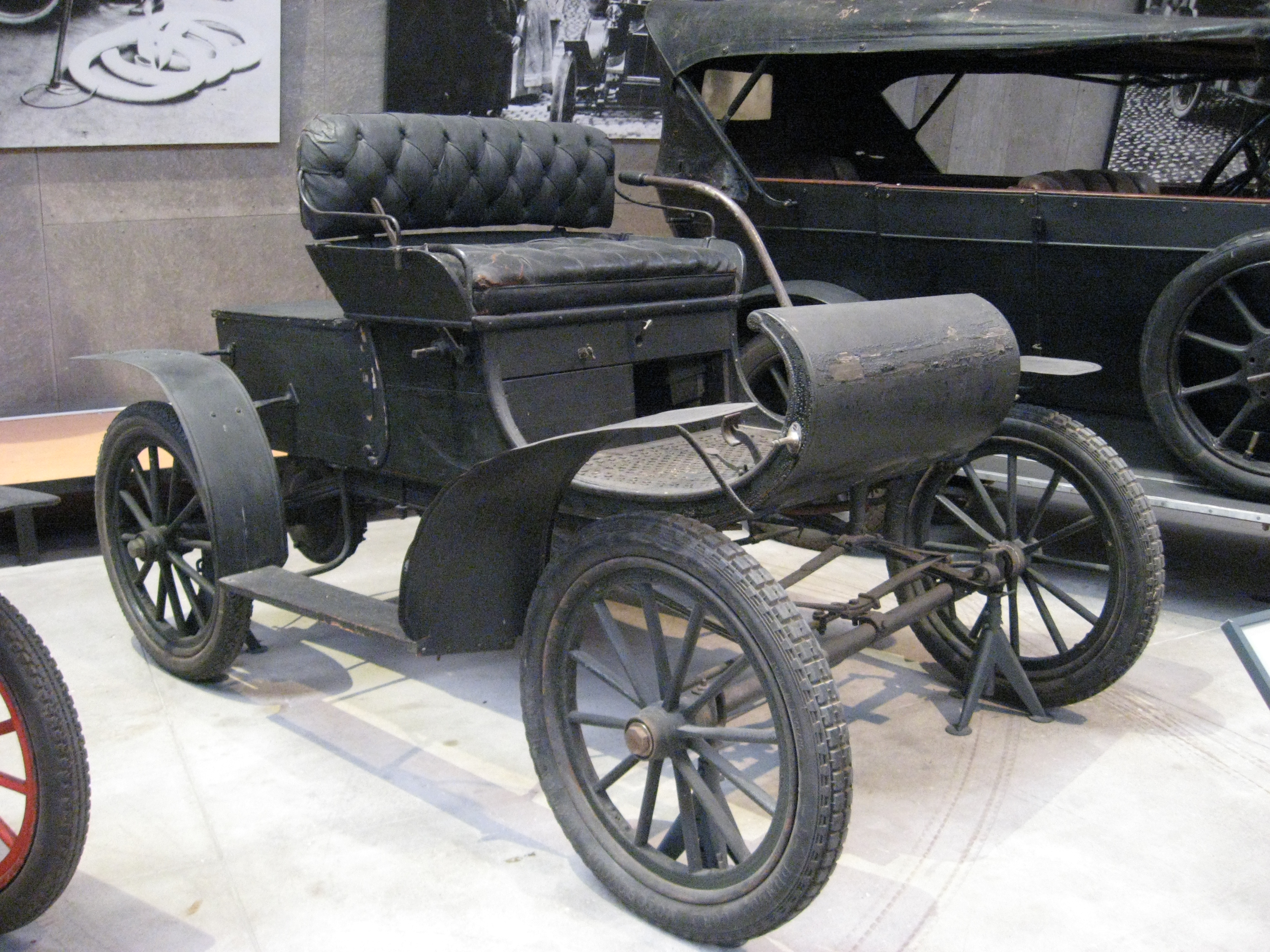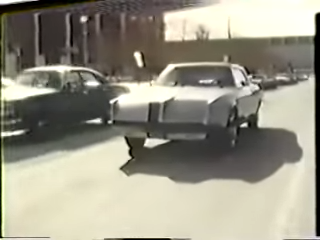These Are Your Favorite Historical Automotive Facts
From light and fun to deep and dark, the whole of automotive history is at our fingertips
As Covid case rates drop, bar trivia is set to make a major comeback. To ensure that you're never left empty-handed on the Cars category, we asked this morning for everyone's favorite pieces of motor vehicle history. All of the comments are worth reading through to thoroughly prepare yourself for any question, but we picked a few of the top responses here. Let's see what you all came up with.
The Unrealized Hemi Wrangler
That the only reason the Grand Cherokee SRT8 ever came to light was because there was no way to fit a Hemi into a TJ Wrangler.....
And the same dude who wanted a factory Hemi TJ is the same one who got the 392 JL Wrangler green-lit for production, last I remember lmao
Some dedicated enthusiasts have made the Hemi-in-a-TJ swap work, but asking an OEM to do so is a very different engineering project. Using the larger Grand Cherokee chassis makes it a lot easier to fit all the cooling systems, emissions equipment, and other assorted bits and pieces that Jeep would need to hide under the Wrangler's short hood.
Submitted by: T2400
Oldsmobile’s Factory Fire
In 1901, Oldsmobile had a whole lineup of cars ready for mass production... until the factory caught fire. A couple of factory workers managed to push one prototype out and it was the only car they saved – the Curved Dash Oldsmobile.
It became the first mass-produced car and was a big enough hit to ensure the company's success until GM bought it.
The anniversary of that Oldsmobile factory fire was actually yesterday, meaning Sid Bridge's commend was posted exactly 121 years after two workers saved the car that would become the Olds (not-yet-Mobile) brand for years. The Curved Dash Olds, for a bonus fun fact, was the first ever mass-produced car and the first made on an assembly line.
Submitted by: Sid Bridge
Chrysler’s Turbine Decades
That Chrysler kept its turbine project all the way to the Eighties.
When you picture a Chrysler turbine car, you probably picture the Chrysler Turbine Car in all its early-sixties glory. But Chrysler didn't stop there — its turbine program started back in the fifties and continued for decades, long enough that period footage of turbine-powered Chryslers is still around on the web.
Submitted by: Gene
Automotive-Non-Automotive
I am fascinated by automotive companies producing things not related to cars.
Lamborghini famously started out as a tractor manufacturer (and still builds them), but the most surprising to me was to find that Volkswagen has been producing sausages since 1973.
The story of Lamborghini's origin is extremely fun, but the company never forgot it roots — Lamborghini Trattori still manufactures agricultural equipment to this day. Volkswagen, however, is cutting back on production of its famed currywurst to replace it with vegetarian alternatives. I guess no company can have it all.
Submitted by: Sector 7G-Wagen
The Coolest Thing In Cars Ever
In the 1960's, Goodyear developed illuminated tires. Unfortunately, it never took off, but maybe they'll try again...
Commenters yesterday suggested that Goodyear's illuminated tires were some sort of terrifying radioactive experiment, but the reality is a lot more banal: They were just full of lights. They were objectively pretty bad tires, with poor wet grip and a tendency to melt under load, but they made up for it by being the coolest goddamn thing in the world. I need these, consequences to drivability be damned.
Submitted by: TRath
Land Rover’s Hidden Handles
The first Landrovers didn't have an external door handle. Instead there was a flap of canvas that would let you reach in and use the interior handle:
Look, do you really need handles on the inside and outside of your doors? That just seems like overkill, redundancy, added cost and weight. In the interest of simplifying and adding lightness, early Land Rovers eschewed those unnecessary outer handles while cutting metal weight from the doors. Sort of a military truck superleggera, if you will.
Submitted by: phuzz
Mercedes’ Horsepower Cheating
Early european cars were taxed based on some weird displacement horsepower metric that didn't understand forced induction.
To combat this, Mercedes made supercharged cars that only had their supercharger kick in through a pedal on the car.
That way They'd make over 200 horsepower at full chat, less than 3/4th of that on the engine stand with the supercharger doing nothing. And a whopping 27 horsepower to the tax collectors.
Horsepower ratings in 1920s Germany were, in a word, wild. Vehicles were taxed on displacement, but the tax itself claimed to be on horsepower. This led to some vehicles having different numbers for tax horsepower, real horsepower, and forced-induction horsepower — a totally normal and entirely sensical way to operate.
Submitted by: syaieya
Canadian Volvo Kits
Volvo's used to be assembled (from kits) in Canada. Hyundai used to have a factory here too.
As is so often the case, Volvo's Halifax factory was built to evade tariffs by assembling cars locally, without the need to import fully assembled vehicles. Instead, parts would be shipped over the Atlantic for final assembly in Canada, like buying a Lego Death Star online and assembling it at home. Fortunately for Volvo buyers, however, the cars were much harder to knock off a shelf while dusting and shatter into 4,016 individual pieces.
Submitted by: andyindividual
Toyota’s Ski Boats
Toyota branched out to ski boats at one point in the late 90's
I hadn't heard of Toyota's line of Epic boats until yesterday, and now I want one so much. A 21' bowrider with a tower and a swim platform, sans a pesky mid-mounted engine? It's perfect.
Submitted by: icemilkcoffee
Soichiro Honda’s Eye For Detail
One time Soichiro Honda was walking around the shop floor. He was watching workers crank out connecting rods. He picked up one of the rods, and looked it over. And then he asked the technicians to remeasure that rod. Sure enough it was off by a tiny bit. Then of course, they went and re-measured every rod that they cranked out that day. They were all in spec. It was just that one rod that Soichiro Honda picked out that was out.
Few titans of the automotive industry command the same respect as Soichiro Honda. When others got into the business just for the money, Soichiro seemed to be in it for the love of the game — that game being meticulous, precise engineering. When you can spot an out-of-spec connecting rod by eyesight alone, without any measuring implement, you've earned a spot as one of the greats.
Submitted by: icemilkcoffee










